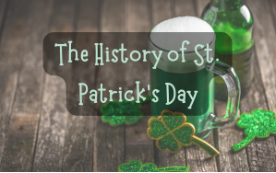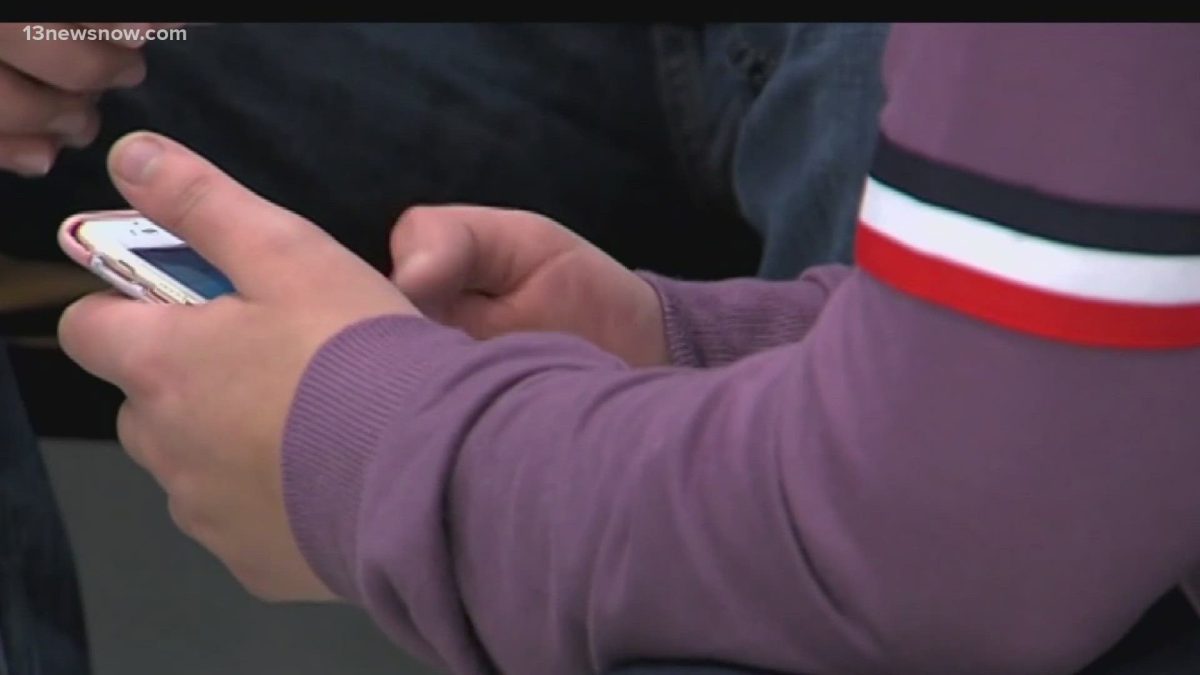March 17th, St. Patrick’s Day is a day full of merriment, celebrating Irish culture and heritage. But how did St. Patrick’s Day originate and how has the celebration evolved over time? Why do we still celebrate today?
The person that became St. Patrick was born to a wealthy family in Britain when it was occupied by Rome. “Exactly when St. Patrick was born has never been precisely determined, although most historians agree it was the late 300s or the very early 400s,” according to Dr. Sean Brennan, professor of history at the University of Scranton. He was kidnapped by Irish raiders who attacked his family estate and taken to Ireland as an enslaved worker at 16. He became a devout Christian while in captivity. He escaped after 6 years but returned to Ireland later as a Christian missionary. He is known for converting Ireland to Christianity. He incorporated Irish culture into his lessons, such as adding the sun, an important Irish symbol, to the cross, creating the Celtic cross. His death is believed to be on March 17, the day now known as St. Patrick’s Day. St. Patrick is known as the patron saint of Ireland, even though he was not officially canonized by the Catholic church, as that process didn’t exist at the time.
St. Patrick’s Day was first celebrated in the 9th or 10th centuries as a Roman Catholic feast day. Occurring during the Christian season of Lent, the rule prohibiting meat was excused for the day and people traditionally attended church in the morning and ate Irish bacon and sausage in the afternoon. The first celebration of St. Patrick’s Day in America was believed to be in St. Augustine, FL with cannon blasts and townspeople parading through the streets. St. Patrick’s Day celebrations became more common in America in the 1800s with the arrival of Irish immigrants after the potato famines. “Many who were forced to leave Ireland during the Great Hunger brought a lot of memories, but they didn’t have their country, so it was a celebration of being Irish,” says Mike McCormack, national historian for the Ancient Order of Hibernians. The now typical St. Patrick’s Day meal of corned beef and cabbage was invented in America as that meat was cheaper. Other traditions invented in America include parades in many cities across the country with bagpipes and Irish dancers, and in Chicago, the river is dyed green.
St. Patrick’s Day is now considered a more secular (non-religious) holiday. There are many ways to celebrate St. Patrick’s Day, and you don’t have to be Irish to participate. You can wear green, listen to Irish music, attend an Irish festival or try traditional Irish food. Most of all, have fun!








